Many American Revolutionaries were younger than you'd think when they declared independence from Britain
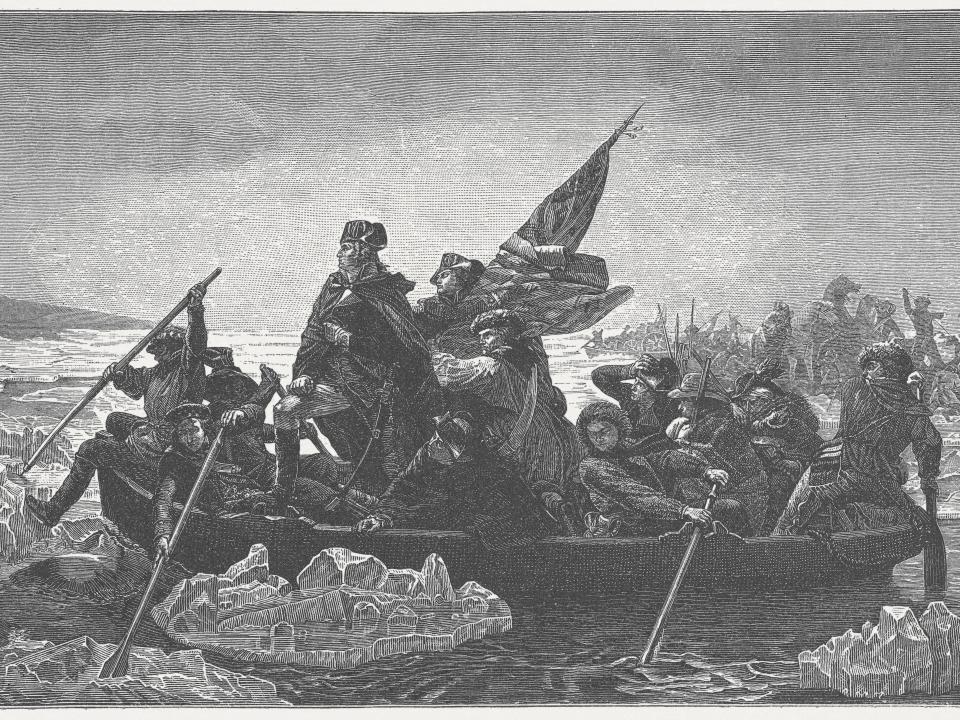
Todd Andrlik, author of "Reporting the Revolutionary War," researched the ages of Revolutionaries.
In 2013, he listed some famous figures who were surprisingly young when the American Revolution began.
For example, Alexander Hamilton was only 21 years old and James Monroe was just 18.
How old were the American Revolutionaries when the colonies declared independence from Britain in 1776?
Some were older, like 33-year-old Thomas Jefferson, 39-year-old John Hancock, or Benjamin Franklin, who was 70. Others were surprisingly young — even teenagers. James Monroe, for example, was 18 and Alexander Hamilton was 21.
In 2013, Todd Andrlik, an authority on 18th-century newspapers, compiled a list of the ages of famous people at the start of the American Revolution for the Journal of the American Revolution.
Here's everyone from that list who was younger than 25 on July 4, 1776, the day the Declaration of Independence was adopted.
Andrew Jackson, 9
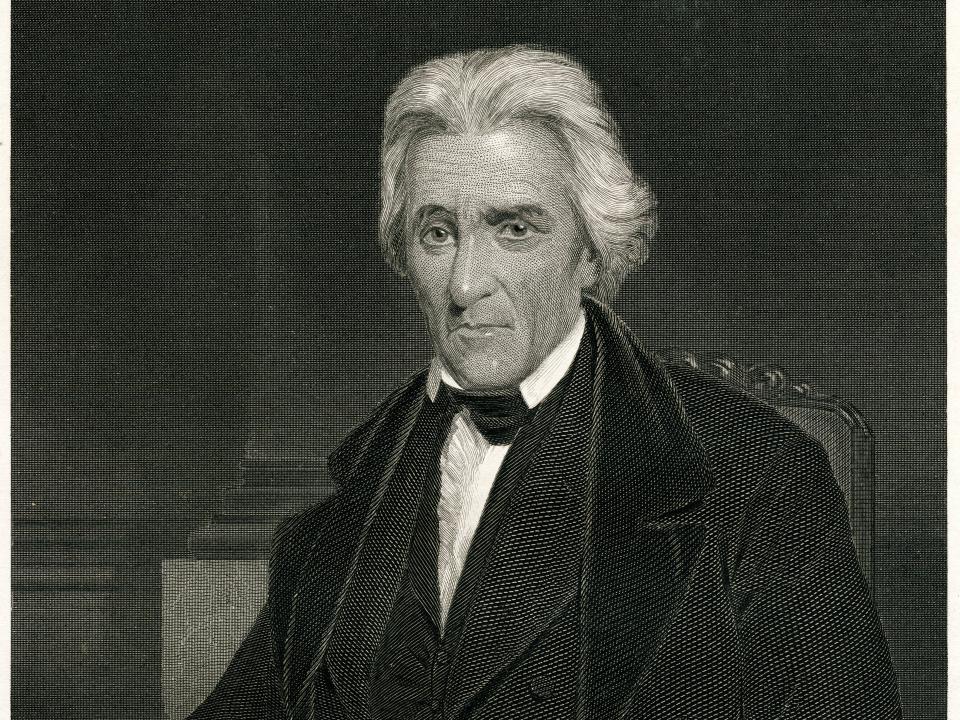
While Andrew Jackson may have been too young to enlist when the Revolutionary War first began, when he was 13 years old, the future president of the United States served as a patriot courier in the Revolutionary War.
When he was captured by British soldiers, young Jackson was hit across the face for refusing to shine his captors' shoes. He was left with physical and mental scars for many years after the war ended, but went on to become a hero in the War of 1812, a successful lawyer, and the seventh American President.
(Major) Thomas Young, 12
Major Thomas Young, the son of Thomas Young, John Adams' family physician and Boston Tea Party organizer, didn't waste any time getting involved in the Revolution.
Four years after the colonies declared independence, Young joined the militia and was quickly promoted to Major.
Deborah Sampson, 15
Deborah Sampson disguised herself as a man so she could join the Massachusetts military.
During her tenure in the Patriot forces she led dangerous expeditions, dug trenches, and helped capture 15 Loyalists. She kept her true identity hidden for two years until doctors caring for her discovered she was a woman. Soon thereafter Sampson was honorably discharged.
James Armistead, 15
James Armistead was born a slave but worked as a spy under Marquis de Lafayette during the war. His important intel from General Cornwallis and Benedict Arnold led to an American victory at the Battle of Yorktown.
Armistead successfully petitioned for his freedom in 1787, after the conclusion of the American Revolution.
Sybil Ludington, 15
Sybil Ludington, the daughter of one of General George Washington's aids, successfully rode her horse for 40 miles to warn American soldiers of an impending British attack.
The most popular account of her valor was written by Ludington's great-nephew in 1907. He says her father "bade her to take a horse, ride for the men, and tell them to be at his house by daybreak."
A commemorative statue of Ludington's ride was erected in Carmel, New York in 1961.
Joseph Plumb Martin, 15
Much to the disdain of his family, Joseph Plumb Martin joined the American militia in 1776 when he was only 15-years-old. The soldier fought in many notable battles, served in George Washington's Continental Army, and fought for the duration of the war.
Peter Salem, 16
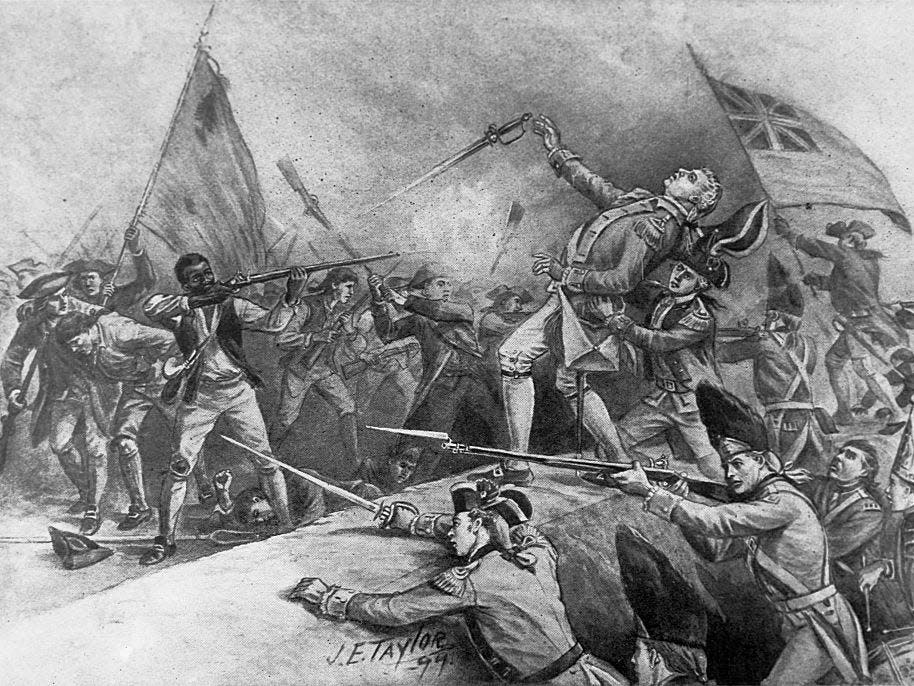
Peter Salem was a Massachusetts slave who was freed in order to serve in the local militia.
Soon thereafter, Salem enlisted in the Continental Army under George Washington and was named a hero in the Battle of Bunker Hill.
Marquis de Lafayette, 18
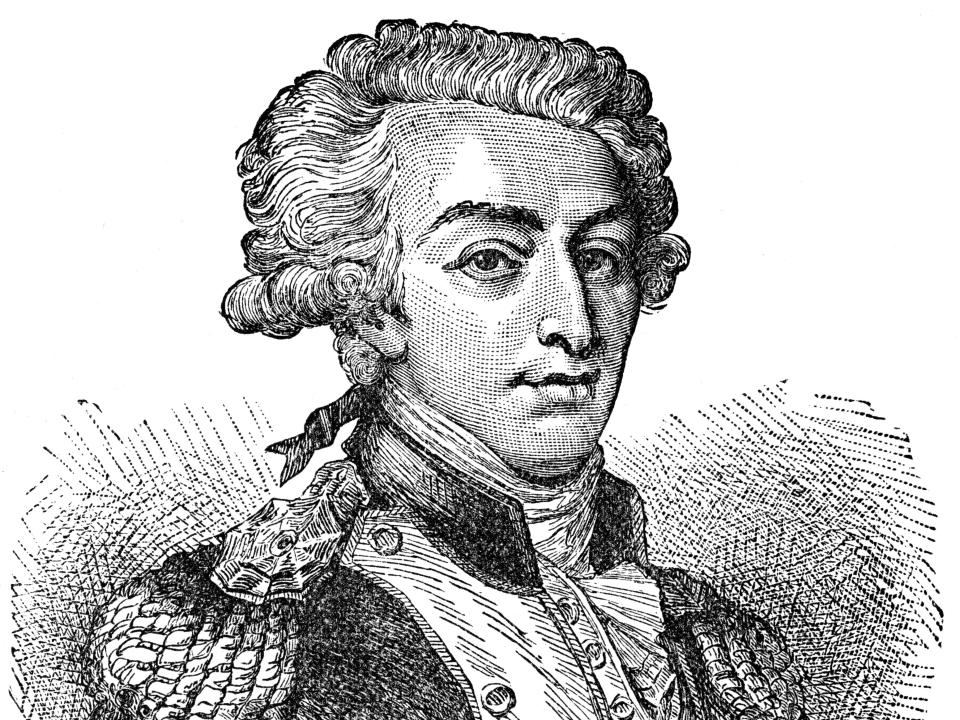
When Lafayette learned what was going on in the newly declared United States in 1777, he traveled from France to America to join the Revolution. Not only did the French general become an invaluable ally to the US, but he also fought alongside George Washington, Alexander Hamilton, and Thomas Jefferson to ensure a successful and fruitful American victory.
Upon his return to France, Lafayette was nicknamed the "Hero of Two Worlds" for his valiant efforts abroad and at home.
James Monroe, 18
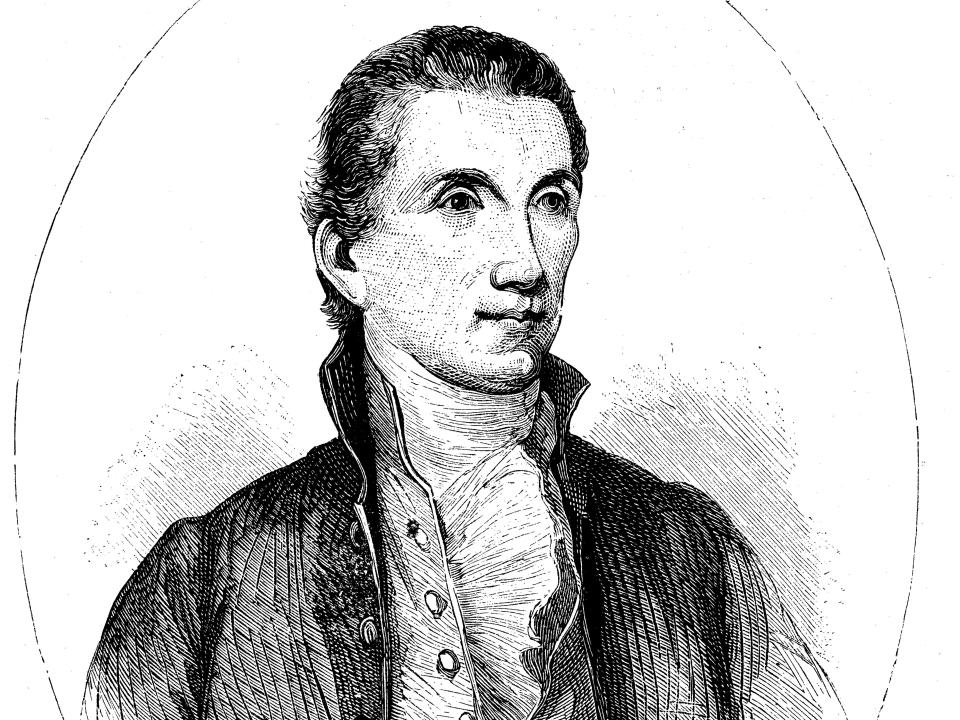
The fifth President of the United States may have only been 18-years-old the colonies declared independence, but that didn't stop him from enlisting in the Revolutionary War.
He dropped out of college in 1776 to join the Continental Army and fought alongside George Washington and Thomas Jefferson for American independence. After the war, he studied law under Thomas Jefferson and became the last Founding Father to be elected President.
Charles Pinckney, 18
While fighting in the American Revolution, Pinckney was captured and held prisoner by the British. He repeatedly refused British demands to defect to the Loyalist cause and remained incarcerated until a prisoner exchange was arranged.
After regaining his freedom, Pinkney practiced law, served in the Continental Congress, signed the US Constitution, and became governor of South Carolina.
Henry Lee III, 20
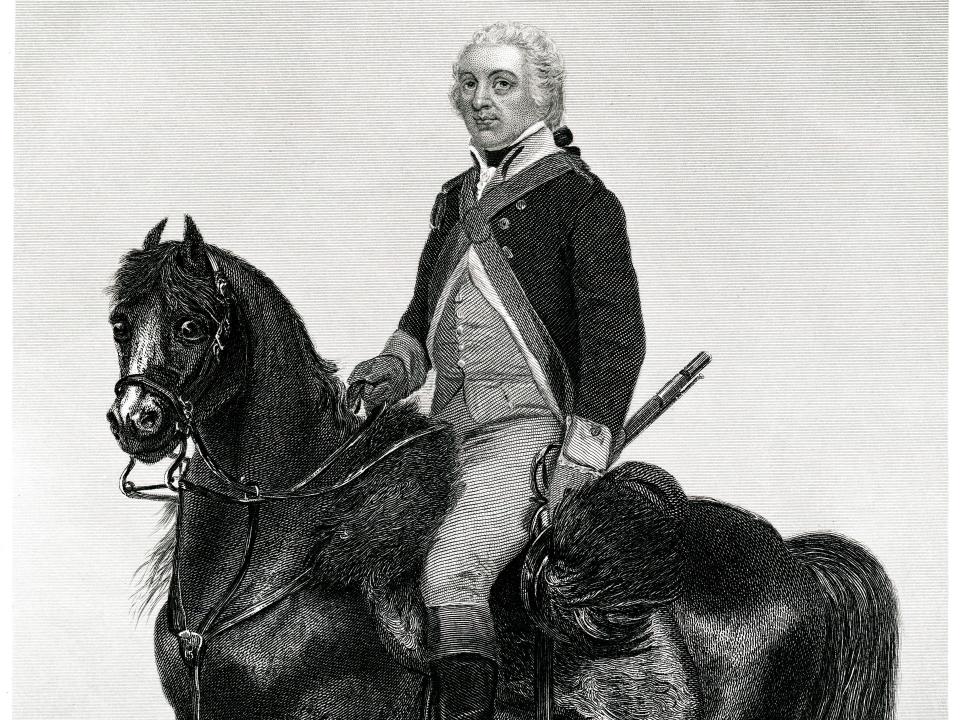
Henry Lee III, father of Confederate General Robert E. Lee, joined George Washington's army at the onset of the war. Nicknamed 'Light Horse Harry Lee' for his exceptional horsemanship, Lee triumphed over British soldiers and was awarded several promotions and awards for his valor.
After George Washington's death, Congress asked Lee to deliver a now-famous tribute to the former President in which he said, "First in war, first in peace, and first in the hearts of his countrymen... second to none in the humble and endearing scenes of his private life."
Gilbert Stuart, 20
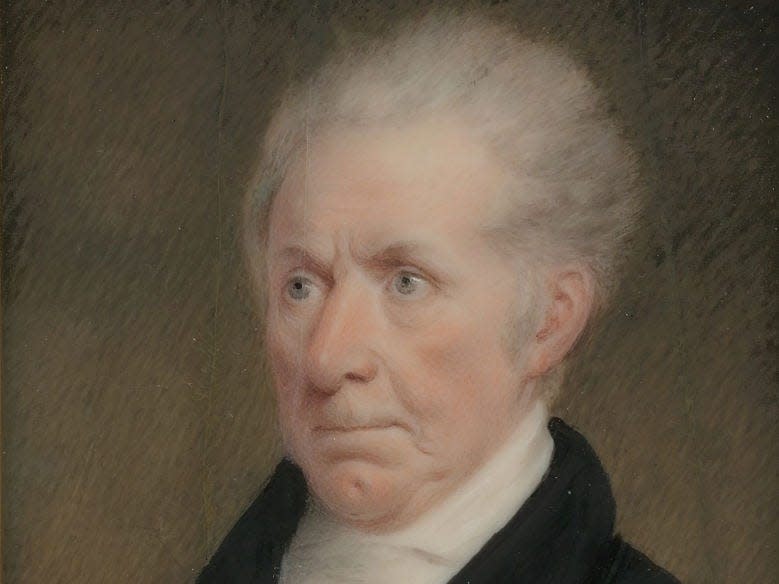
Gilbert Stuart is known as one of America's foremost portraitists. Not only did he create a uniquely American portrait style, but he also painted some of the most intricate representations of America's Founding Fathers.
His most famous work is an unfinished portrait of George Washington that's still featured on the US dollar bill today.
John Trumbull, 20
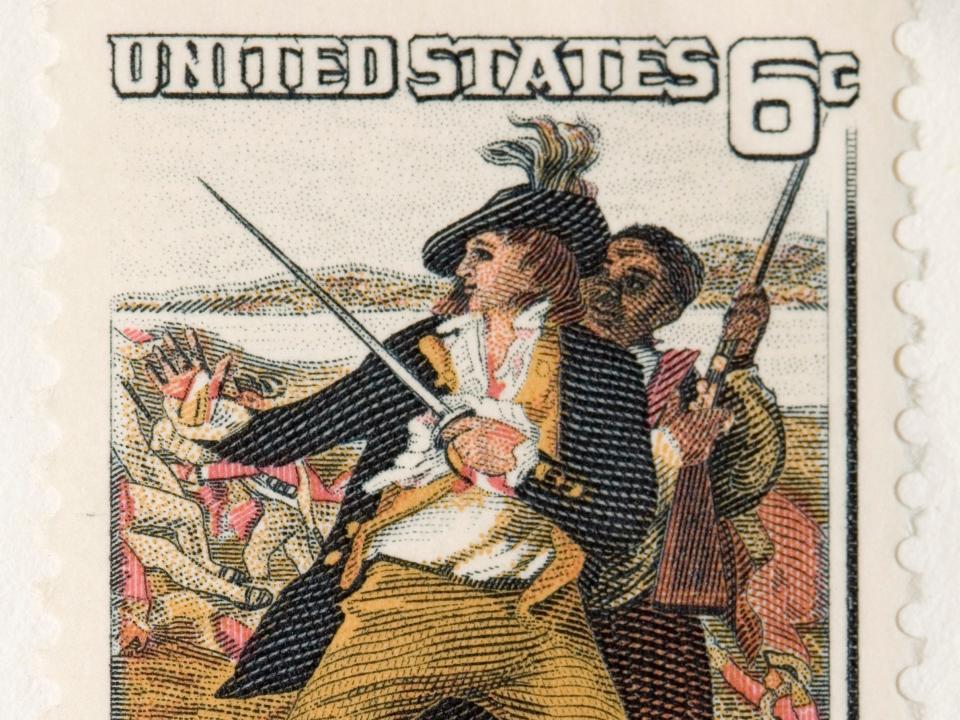
John Trumbull served as a colonel to George Washington during the American Revolution. After the war, Congress commissioned four large paintings by the former soldier.
His most famous painting, "Declaration of Independence," shows the Founding Fathers signing the Declaration. The scene, however, is actually inaccurate as it actually depicts the presentation of a draft of the document to Congress, not the signing of it.
Aaron Burr, 20
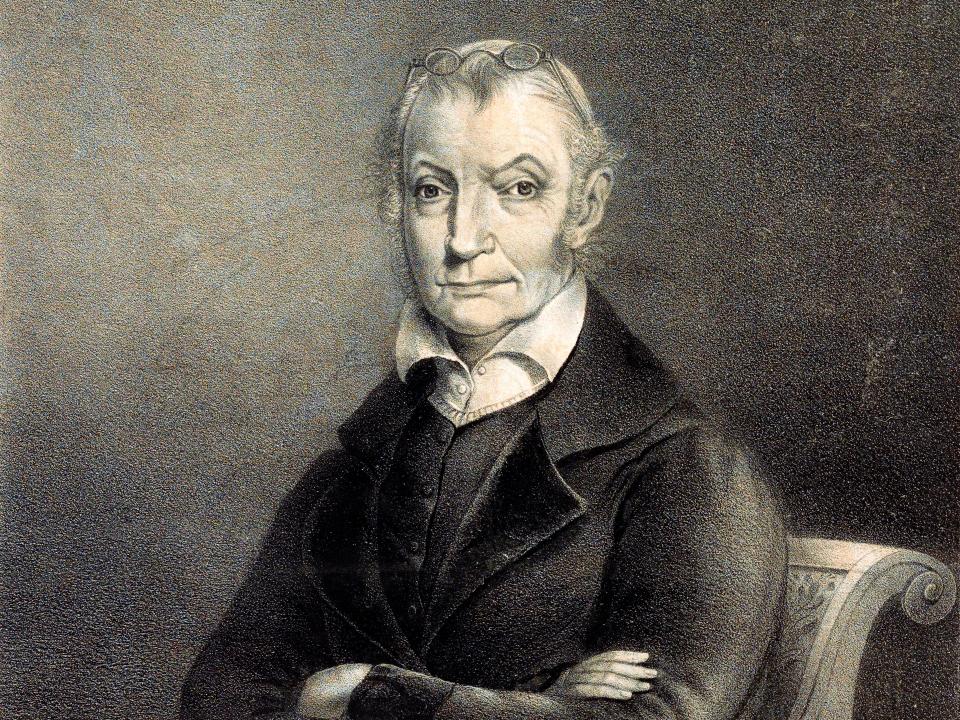
Aaron Burr put his law school education on hold when war broke out between the US and Britain. A well-known soldier, Burr quickly rose the militia ranks to serve under Benedict Arnold, George Washington, and General Israel Putnam.
Despite Burr's success as an attorney, senator, and Vice President, he is widely remembered today as the man who shot his political rival, Alexander Hamilton, in a famous duel.
John Marshall, 20
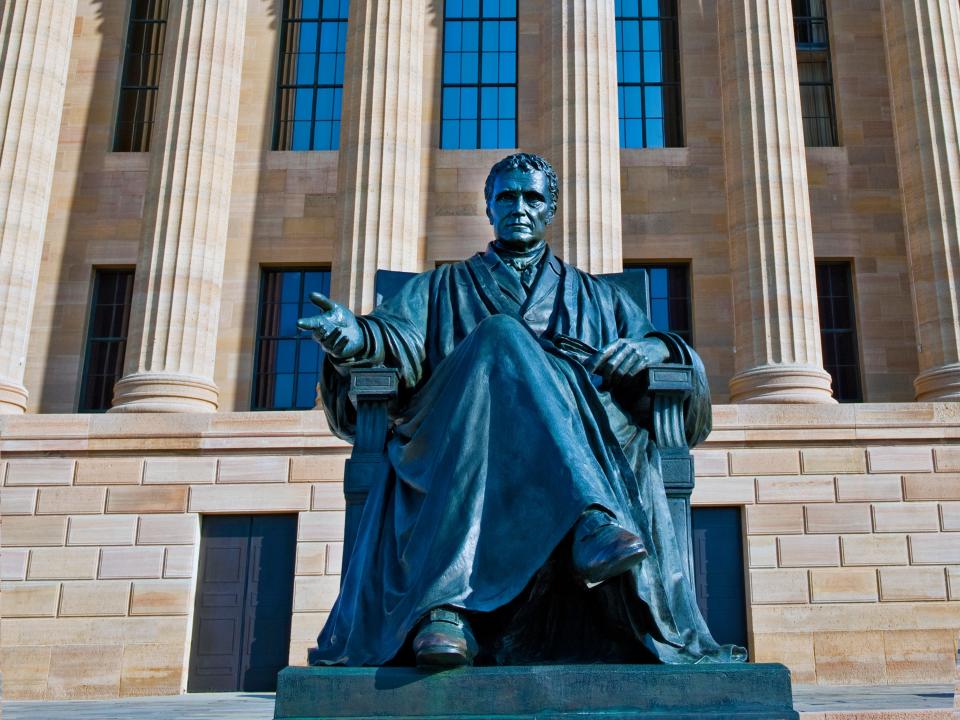
Marshall, who had admired George Washington for many years, was inspired to join the general and fight against the British. After a big victory at the Battle of Brandywine, Marshall was appointed Washington's chief legal officer.
After the war, Marshall served on the Supreme Court. He is most known for his accomplishments on the case of Marbury vs. Madison, in which he initiated the process of judicial review.
Nathan Hale, 21
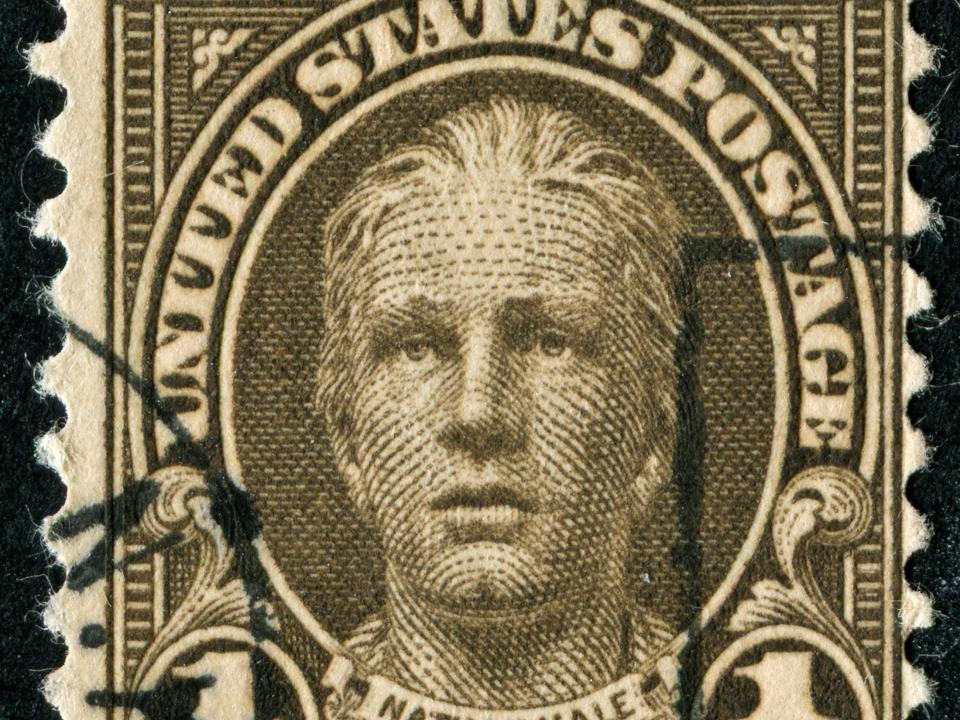
Nathan Hale, a schoolteacher who left his classroom to serve under George Washington in the Revolutionary War, volunteered for a dangerous spy mission after the British captured Boston.
Unfortunately, Hale proved not to be a very good spy and was captured and hanged by the British on September 22, 1776 — just months after the colonies declared independence.
Alexander Hamilton, 21
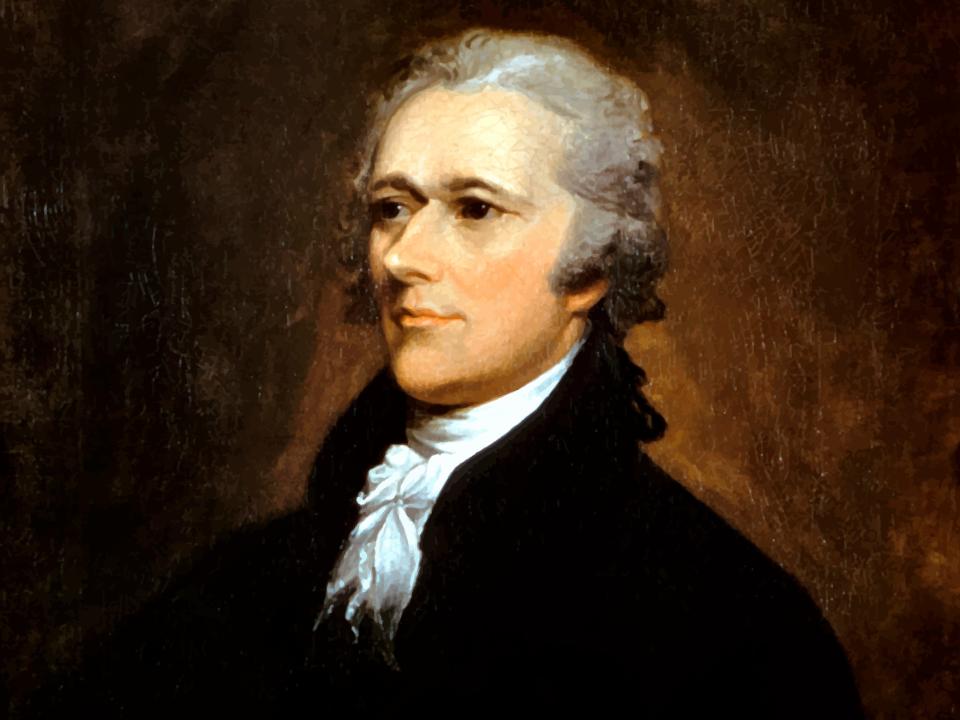
In 1775, when the Revolutionary War began, Hamilton joined the New York Provincial Artillery Company. By 1777, he was promoted to lieutenant colonel of the Continental Army and served as George Washington's right-hand man for most of the war.
After the war, Hamilton worked tirelessly to strengthen the federal government. As the first Secretary of the Treasury, he is credited with forming the American financial system, along with many other achievements including the formation of the Coast Guard the New York Post newspaper.
He was killed by Aaron Burr in a duel when he was 47-years-old.
John Laurens, 21
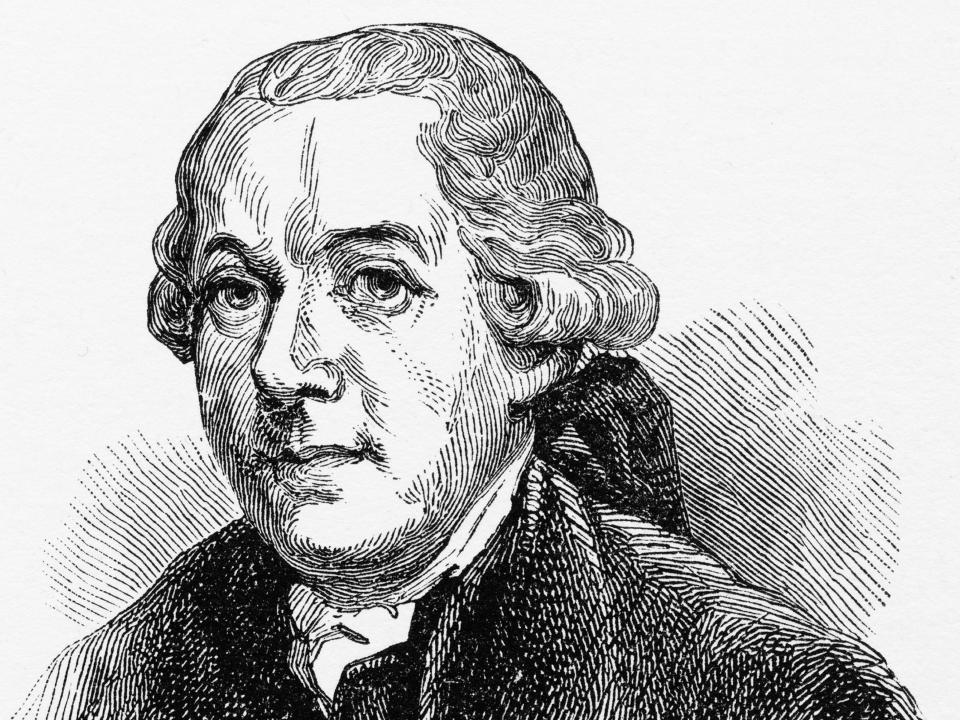
Johns Laurens served as Washington's aides-de-camp during the war, alongside his friend Alexander Hamilton. He proved his loyalty to Washington when he dueled with General Charles Lee for questioning Washington's character.
Despite his southern roots, Laurens advocated for the abolition of slavery. In 1779, he convinced Congress to emancipate 3,000 men for their service.
Benjamin Tallmadge, 22
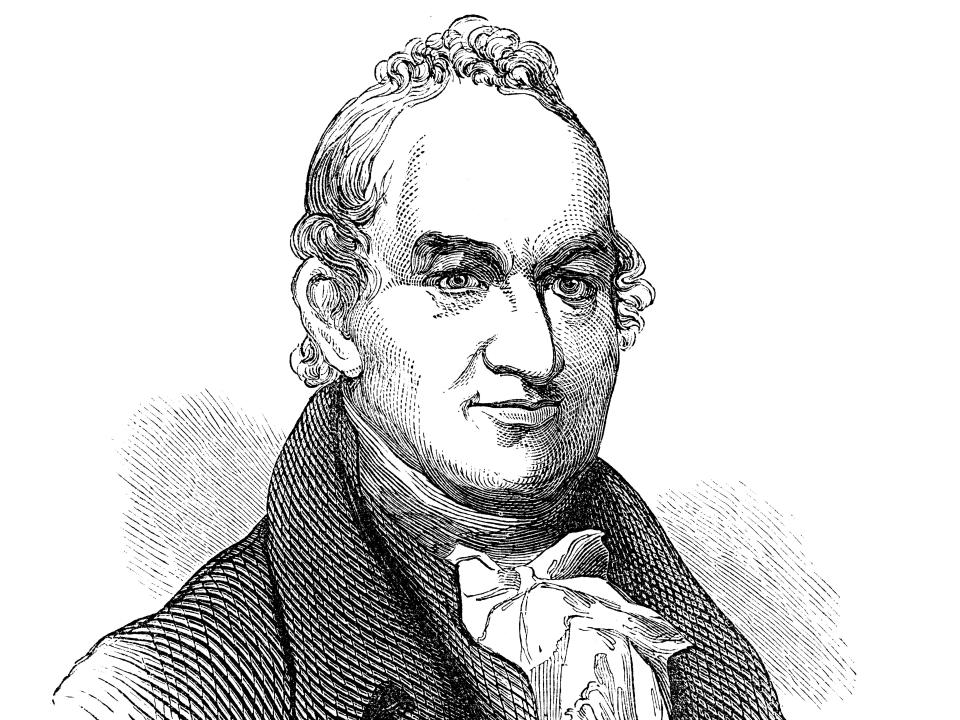
Benjamin Tallmadge famously oversaw the Culper Ring, a spy organization dedicated to aiding and protecting the Continental Congress, while the British controlled New York City. One of the organization's greatest contributions was intel that saved 8,000 incoming French troops.
After the war, Tallmadge owned a dry goods store and worked as a Federalist congressman for 16 years.
Robert Townsend, 22
Robert Townsend, also known by his spy alias Culper Jr., worked alongside Tallmadge as a Culper Ring spy. His efforts, along with the rest of the Culper Ring, are believed to have helped identify turncoats Benedict Arnold and Major Andre's plot to secretly surrender West Point to the British.
Always the master spy, Townsend wanted his identity to remain secret after the war. Washington and the rest of the Culper spies kept his secret for their entire lives — Townsend's Revolutionary War efforts remained unknown until 1930.
George Rogers Clark, 23
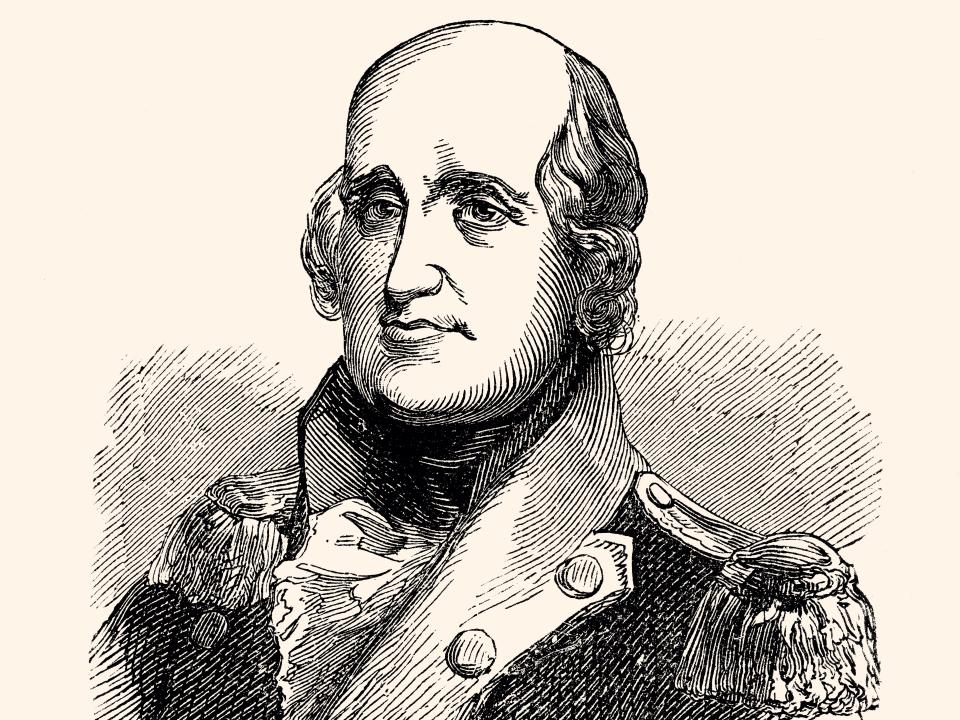
George Rogers Clark was nicknamed the "Conqueror of the Old Northwest" for his valiant efforts in regaining American territory.
Extremely devoted to the cause, Clark purchased materials for the war with his own money. This poor decision haunted him and his family for years after the war ended. In fact, his family continued to suffer under the weight of the debts long after Clark's death.
David Humphreys, 23
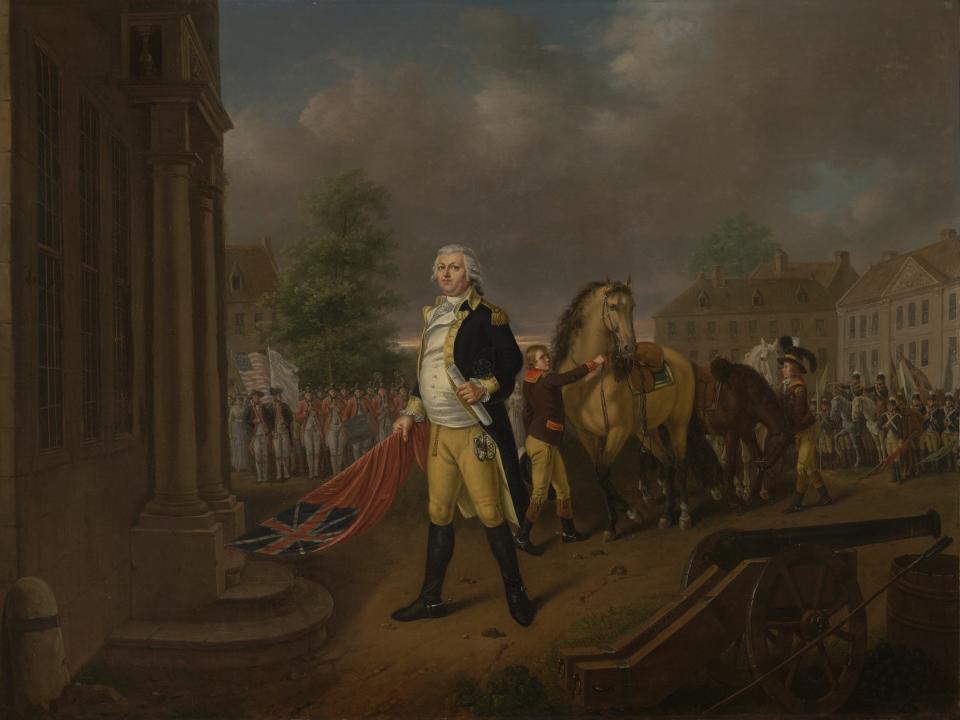
David Humphreys, an aide de camp and personal friend to George Washington, was personally selected to deliver British colors and reports from the Battle of Yorktown to Congress.
When Washington resigned his commission and stepped down as president, Humphreys was one of two aids who stood by the retiring president.
Humphreys eventually shifted his focus to farming and imports. After successfully importing Merino sheep to the US, he helped found the Agricultural Society of Connecticut in 1816 and served as its first President.
Gouverneur Morris, 24
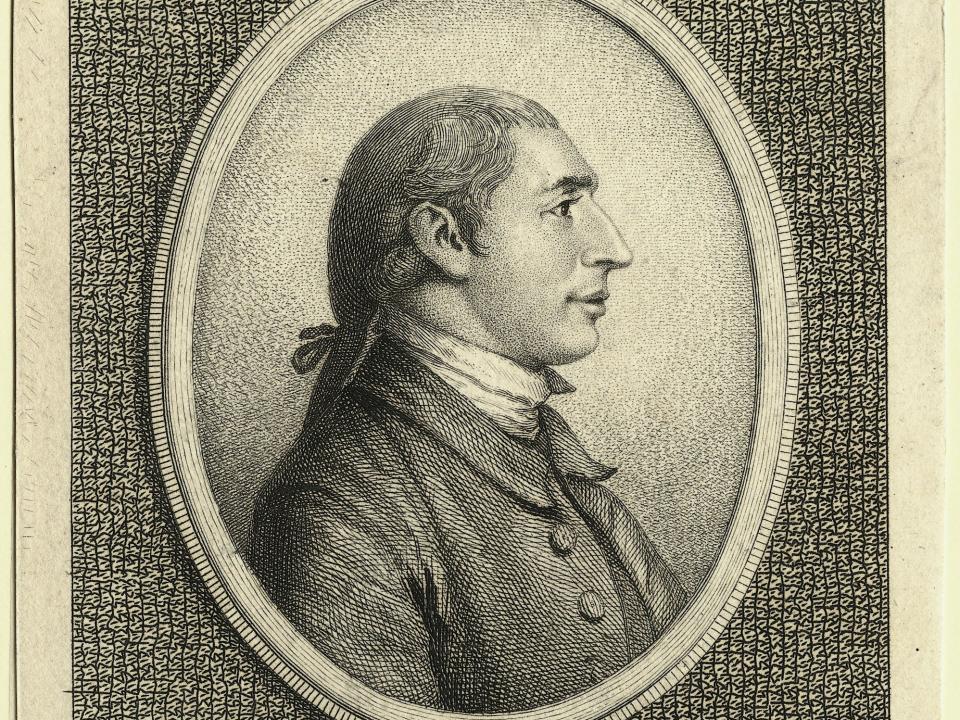
Gouverneur Morris, sometimes referred to as the "Penman of the Constitution," may not have fought in the Revolutionary War, but he left a long-lasting impact.
In 1776, Morris served on the Constitution's Committee of Style and wrote the document's legendary preamble: "We the People of the United States."
Betsy Ross, 24
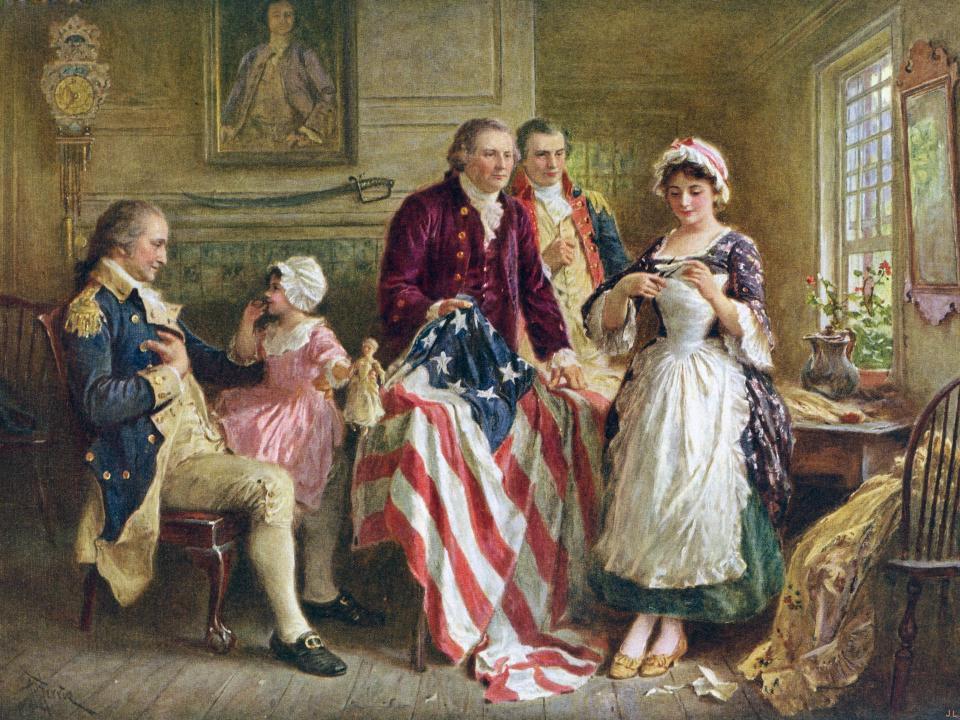
Betsy Ross became a widower at 24 when her husband was killed in the early days of the American Revolution.
She was working in her deceased husband's upholstery shop when General George Washington reportedly came in and asked her to design America's first flag — and the rest is history.
William Washington, 24
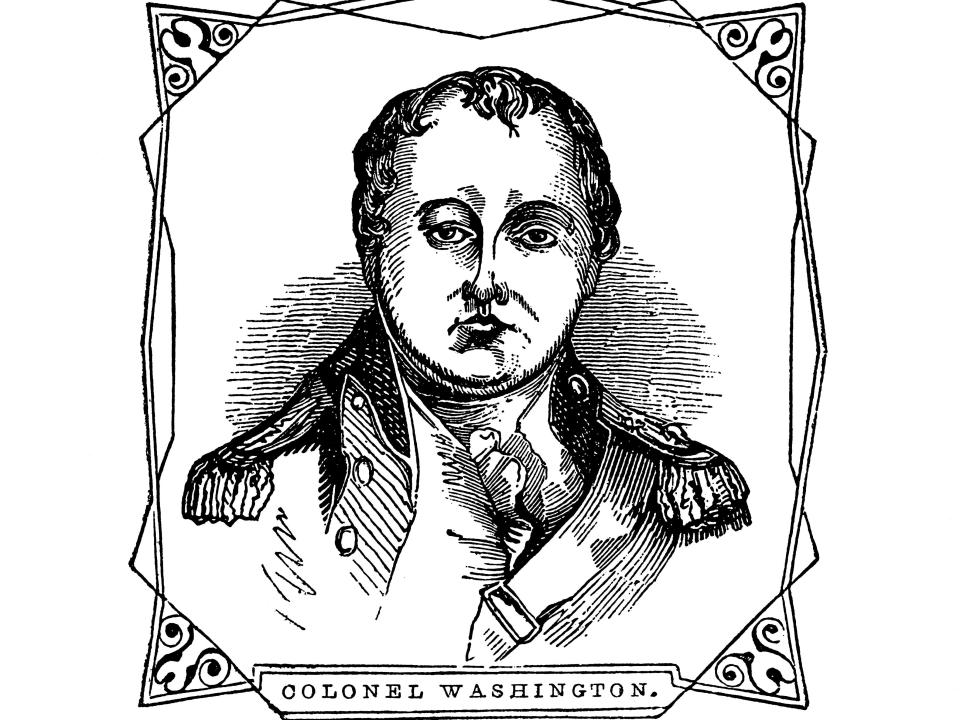
William Washington, a distant cousin of George Washington, served as a lieutenant colonel in the Revolutionary War.
Well known for his valor, Washington was captured by the British at the Battle Eutaw Springs in 1781, and was held as a prisoner for the rest of the war.
Later in life, Washington held several government positions including state senator and command of brigade of the state militia.
James Madison, 25
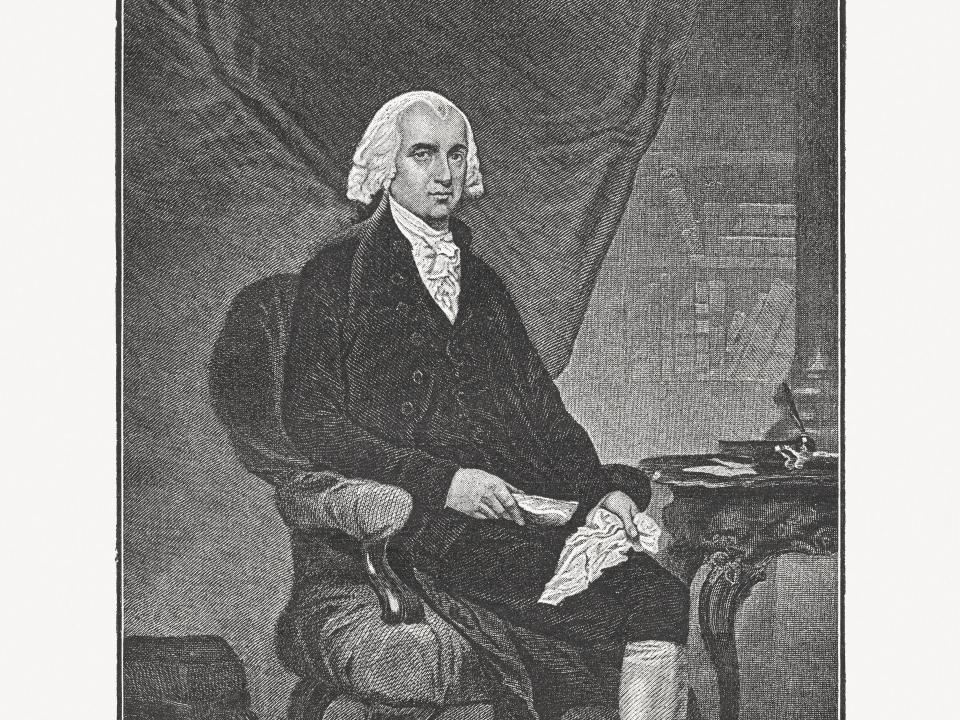
James Madison earned the nickname "Father of the Constitution" after composing the first drafts of the Bill of Rights and Constitution.
Alongside his friend, Thomas Jefferson, Madison founded the Democratic-Republican Party and later became the fourth US president.
Henry Knox, 25
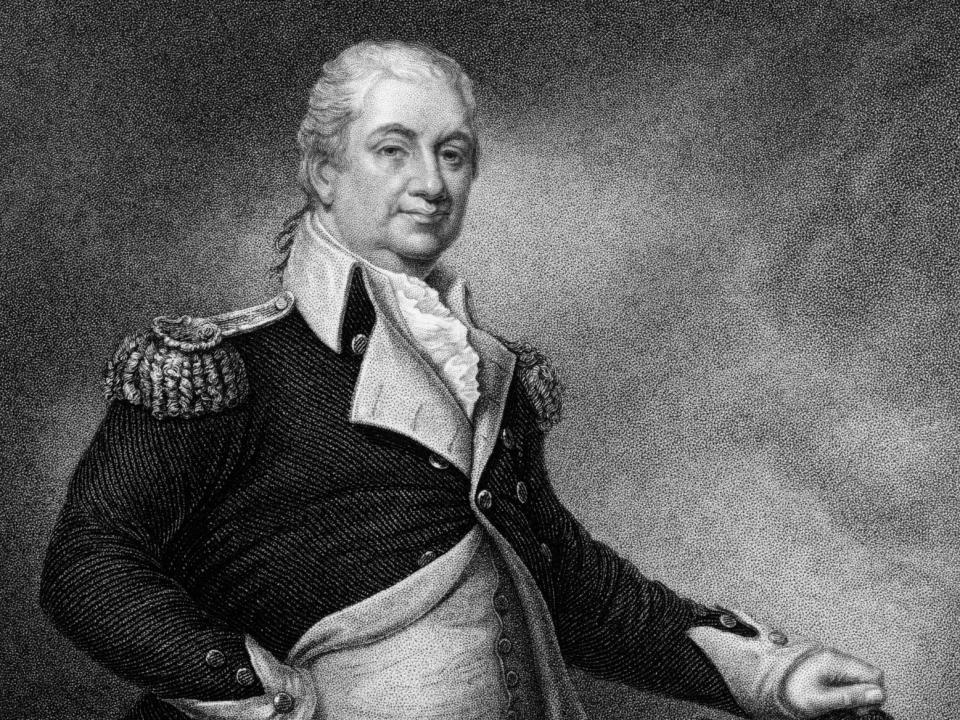
When war broke out in 1775, General Henry Knox immediately plunged himself into the Revolution. His valiant efforts directing rebel cannon fire at the Battle of Bunker Hill and his work helping to develop the Continental Army made him a war hero.
After the war, Knox became the first Secretary of War under President Washington.
Edward Rutledge, 26
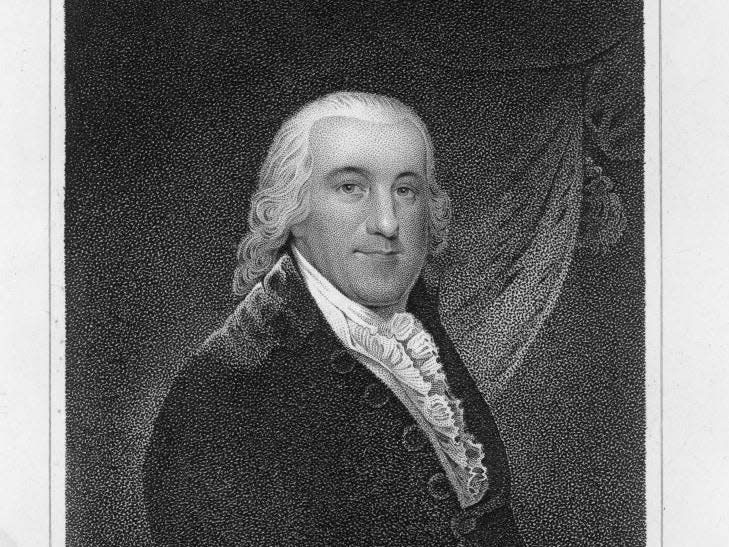
At 26-years-old, Edward Rutledge became the youngest signatory of the Declaration of Independence on August 2, 1776.
After the document had been signed, he left Congress to join the armed forces. He worked his way up to Captain before once again returning to Congress in 1779 to fill a vacancy.
Alyson Shontell contributed to a previous version of this story.
Read the original article on Business Insider

 money
money 